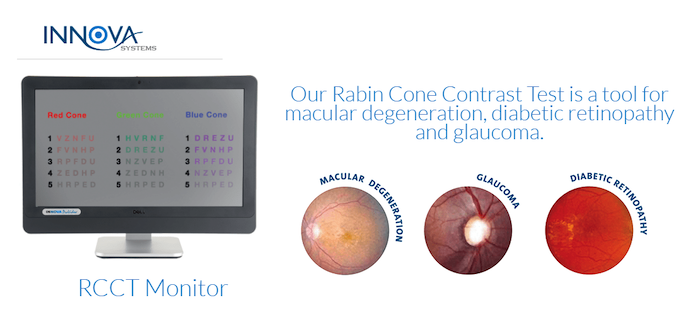Color Vision Deficiency
What is Color Vision Deficiency? Color Blindness?
While many of us have a shared perception of colors, some people have a color vision deficiency that alters the way they see color. In rare cases, people have color blindness, where they aren’t aware of the vast range of colors.
Color Vision Deficiency is caused by abnormal photopigments, where the cone-shaped cells in the retina are defective and fail to respond to light. Causes of color vision deficiency can result from internal damage to the eye or it may be congenital.
Red-green color blindness is the most common, followed by blue-yellow color blindness, and, lastly, which is only in extreme cases, total color blindness. While these categories are often used, each person may face a range of color blindness or color vision deficiency.
Learn more about Color Vision Deficiency
Dr. Espy has helped treat patients with color vision deficiency and can help provide a custom solution that is right for you. Our office has a computerized color vision testing device, the Rabin Cone Test, which can measure color vision to help us determine if there is an active eye disease process or if this is a hereditary condition. The secondary use for color vision testing is for military screening for patients referred to us by either a military recruiting office.
Cone function, unlike visual acuity, is affected early in disease, often before the patient is aware of any vision loss. Even in the moderate stages of AMD and Glaucoma, patients frequently test at or near normal visual acuity.
Identifying cone function degradation may identify disease earlier, allowing treatment in the earliest stages of disease. Cone function continues to diminish as the disease progresses and in some cases, may recover upon treatment.
With routine Cone Contrast Testing, early detection may prevent permanent damage normally associated with these leading eye diseases: Glaucoma, Macular Degeneration, Diabetic Macular Edema, Hereditary Macular disease.
Approved by the Surgeon General as the Gold Standard for color vision testing for the US Air Force, Innova’s Rabin Cone Contrast Test. 
Unlike other color vision tests, the Rabin Cone Contrast Test measures the severity of cone function loss, and tracks cone function over time, aiding in the detection of disease as well as monitoring disease progression and efficacy of treatment.
Using a combination of color and contrast, the Rabin Cone Contrast testing is a quantifiable measure of color vision, allowing detection of both hereditary and acquired color vision loss. What sets the Rabin Cone Contrast Testing apart is that it tests more than confusion between red and green. The cones in your eye determine how you perceive the color and RCCT explains how well these cones are operating. The test presents colors that only use one of your three cone types and shows the color progressively fainter to individually score how the cones are functioning.

Interested in trying lens for Color Vision Deficiency? We offer Chemistrie Color! Learn about your options here.
